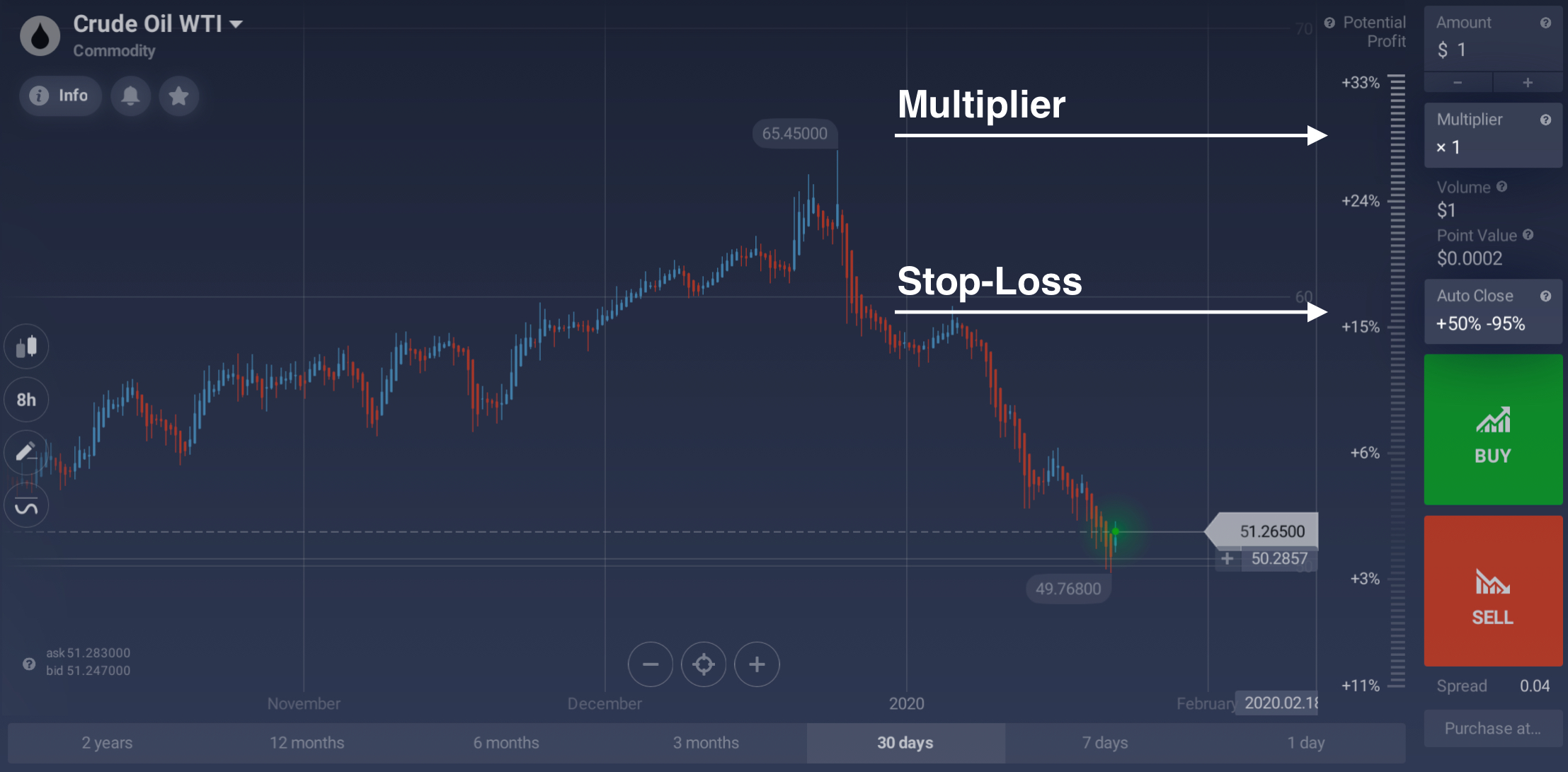How Not to Lose All Your Money?
Being a trader puts you in the position of constantly making decisions. And whether you are a novice trader, or a trader with experience — choosing the right instrument plays a vital role in your ability to receive satisfactory results. If you consider the difficulty of knowing when to open and close the deal — not to mention the potential losses that could occur by making the wrong decision — it’s clear that you need to get things right from the start.
The question is, how do you choose such an instrument that is likely to suit you as a trader, meet your expectations, and mitigate those unaffordable risks you’re not willing to take? Read on to get the tips.

Know your limits, understand the costs
Simply looking at the commission for a given instrument is not helpful. Here is what you need to know:
- You need to understand the size of the spread, which is the difference between the opening and the closing price for the asset for the given moment. For example, major currency pairs on Forex would tend to have lower spreads than exotic ones.
- Using leverage to multiply your own investment may be beneficial; however, it often implies an overnight fee. It is imposed at the end of the trading session, while your position is rolled over to another day. More than that, leverage can multiply your losses as well.
- You also need to know, under which conditions the trade will close automatically, so you won’t be surprised if it happens. The auto close function, which may be found in many instruments, should be used with caution and deep understanding of its core principles.
Choose the right instruments
One of the most common mistakes a prospective trader can make is investing in an instrument just because it’s on the top of a trading list. Fit to your character and trading preferences is crucially important.
If you are patient enough to make a long-term investment, and if you have no possibility to routinely spend hours monitoring the deals, choose an instrument with which you will be likely to have payouts, while focusing mainly on economic news of the greater scale. Use Stop Loss and Take Profit controls and save some time for yourself.

On the other hand, if you would rather perform quick trades with fast outcomes — choose an instrument that meets your demands. Should you choose an instrument centered around a highly volatile asset, be ready to take quick and timely actions, while keeping a constant eye on news and signals. Here, you will face an acute necessity for deep understanding of technical analysis.
Practice matters
Make the most of those free features provided on the platform — especially the practice account. Investing virtual funds doesn’t hurt the pocketbook and allows you to feel at ease in trading. Satisfy your curiosity by comparing various instruments and picking out the ones that tend to provide greater returns. Work out a successful strategy, which brings those returns, and stick with it once you move to the real balance. You should refrain from using any financial instrument for trading on the real balance, until you have acquired sufficient knowledge and familiarity with its characteristics.
And lastly, remember that investing your money is an easy part. Making the most of it is the hard part. Traders spend way too much energy worrying about how to make a deposit and start trading quickly, and not nearly enough focusing on how to take full advantage of the numerous instruments and tools for analysis we offer on the platform.


